The days of learning to drive by simply observing family or friends are long gone, as obtaining a professional or non-professional driver’s license in the Philippines now requires training from an LTO-accredited driving school or instructor. These schools provide essential courses, including a 15-hour Theoretical Driving Course (TDC) that covers road rules and safe driving practices, and an 8-hour Practical Driving Course (PDC) focused on hands-on vehicle operation.
Choosing the right driving school can be daunting due to the numerous options available, so it’s crucial to look for LTO accreditation, positive reviews, experienced instructors, and well-maintained facilities. A comprehensive” List of LTO Accredited Driving Schools in Philippines ” can guide prospective drivers in their search, ensuring they receive quality training to become safe and responsible motorists. By investing in proper driver education, individuals can gain the skills and knowledge necessary to navigate the roads confidently.
What is an LTO Accredited Driving School Instructor?
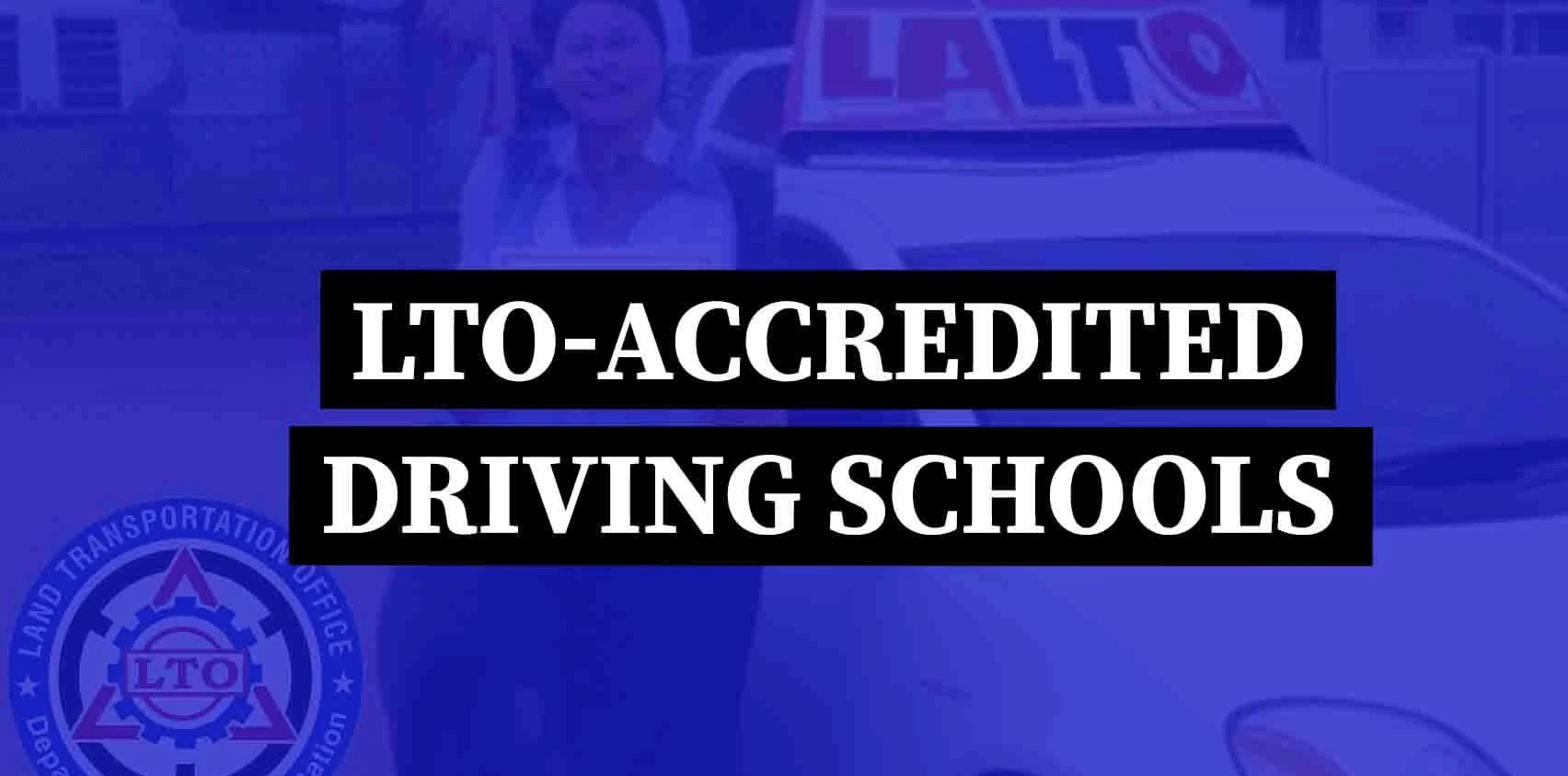
An LTO-accredited driving school instructor is a qualified educator at a driving school approved by the Land Transportation Office (LTO). These schools undergo rigorous screening and inspection processes to ensure they meet government standards for facilities, training quality, and expertise in both driving techniques and legal regulations.
The LTO recognizes these institutions for their ability to provide comprehensive instruction in the mandatory Theoretical Driving Course (TDC) and Practical Driving Course (PDC). While many options are available for driver training, including private institutions, enrollment in an LTO-accredited school typically involves tuition fees that can vary based on the school’s reputation and services offered. This accreditation signifies a commitment to delivering quality training, ensuring that aspiring drivers receive the necessary skills and knowledge to operate vehicles safely and responsibly.
Complete List of LTO Accredited Driving Schools in the Philippines
As of now, here is the official list of LTO-accredited driving schools across the Philippines, organized by region along with their addresses and contact numbers.
Factors Consider when choosing List of LTO Accredited Driving Schools in Philippines
When choosing a driving school, considering location , certification, teaching style, and availability is crucial. Here’s a closer look at each factor:
Location
- Proximity: Choose a school close to your home or workplace to minimize travel time and make it easier to attend lessons.
- Traffic Conditions: Consider the area where the school is located. Training in various traffic environments (urban, suburban, rural) can provide a more comprehensive learning experience.
- Facilities: Check if the school has a dedicated training area or driving course that simulates real road conditions.
Teaching Style
- Instructor Approach: Look for schools with instructors who adapt their teaching methods to suit different learning styles—whether you prefer a hands-on approach, detailed explanations, or a mix of both.
- Personalized Attention: Smaller class sizes often mean more individualized instruction. This can help you learn at your own pace and receive more feedback.
- Practical vs. Theoretical Balance: Evaluate how much emphasis the school places on practical driving versus theoretical knowledge. A balanced approach is usually most effective.
Availability
- Class Schedules: Ensure the school offers classes that fit your schedule. Flexibility in timings (weekends, evenings) can help you manage your learning alongside other commitments.
- Frequency of Lessons: Check how often classes are held and the availability of slots. More frequent classes can accelerate your learning process.
- Cancellation Policies: Understand the school’s policy on rescheduling or canceling lessons. Flexibility in this area can make your learning experience smoother.
Considering these factors can help you find a driving school that not only meets your logistical needs but also aligns with your learning preferences and schedule.
Certification
Ensure the driving school is accredited by the relevant local authorities, such as the Land Transportation Office (LTO) in the Philippines. Accreditation ensures that the school meets specific educational standards.
- Instructor Qualifications:
Check if the instructors are certified professionals. They should have the necessary qualifications and training to teach both theoretical and practical driving skills.
Inquire whether the school provides a certificate upon completion of the driving course. This certification can be valuable when applying for a driver’s license or for employment purposes.
- Compliance with Regulations:
The school should comply with all local regulations and safety standards. This includes having a well-maintained fleet of vehicles and ensuring all safety measures are in place.
Look for reviews or testimonials from former students about the school’s quality and certification process. Positive feedback can indicate a reliable and reputable institution.
Choosing a certified driving school can enhance your learning experience and ensure that you receive quality education and training on the road.
FAQs
What should I look for in a driving school?
Consider factors like location, teaching style, instructor qualifications, vehicle condition, course offerings, and accreditation.
Are all driving schools accredited?
No, not all driving schools are accredited. It’s essential to choose a school recognized by local authorities like the LTO to ensure quality training.
How do I check if a driving school is accredited?
You can visit the LTO website or contact their office for a list of accredited driving schools in your area.
What types of courses do driving schools offer?
Most schools offer beginner courses, refresher courses, defensive driving courses, and specialized training for specific vehicle types.
How long do driving courses typically last?
Course duration varies by school and type of course. Basic courses can last from a few weeks to several months, depending on the schedule and frequency of lessons.
Will I get a certificate after completing the course?
Yes, accredited driving schools typically provide a certificate of completion, which may be required for obtaining a driver’s license۔
Conclusion
For Filipinos eager to learn how to drive and obtain a driver’s license, choosing an LTO-accredited driving school is essential. These institutions provide high-quality training that adheres to LTO standards, ensuring that learners acquire the necessary skills and knowledge to drive safely. Contacting the nearest driving school for specific information, including fees and course offerings, is a prudent step toward becoming a responsible driver. With proper training, you’ll be well-prepared for independent driving, contributing to road safety for yourself and others.
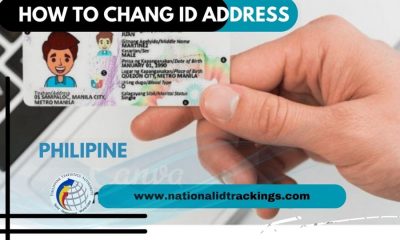
 Uncategorized6 months ago
Uncategorized6 months ago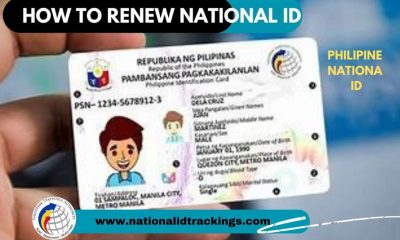
 Uncategorized6 months ago
Uncategorized6 months ago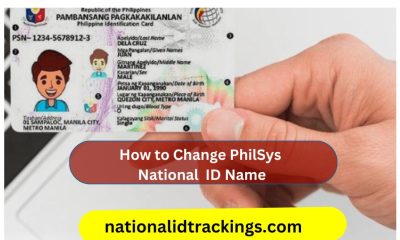
 Uncategorized6 months ago
Uncategorized6 months ago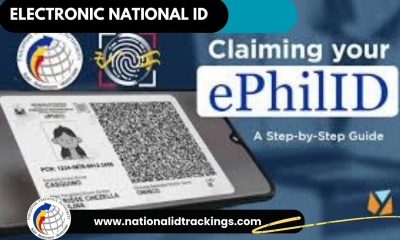
 Uncategorized6 months ago
Uncategorized6 months ago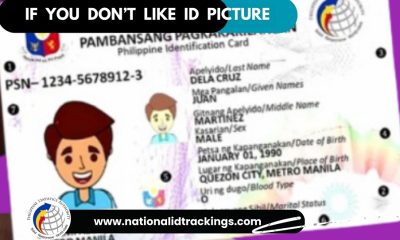
 Uncategorized6 months ago
Uncategorized6 months ago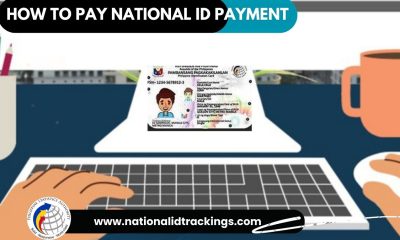
 Uncategorized6 months ago
Uncategorized6 months ago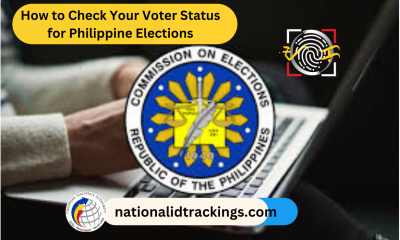
 Uncategorized6 months ago
Uncategorized6 months ago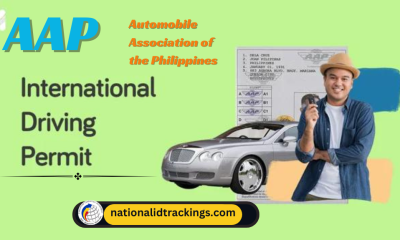
 Uncategorized5 months ago
Uncategorized5 months ago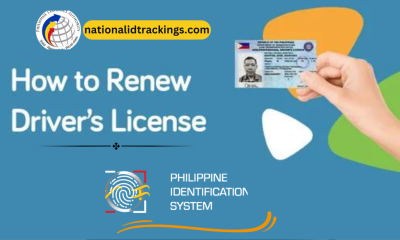
 Uncategorized5 months ago
Uncategorized5 months ago
 Uncategorized3 months ago
Uncategorized3 months ago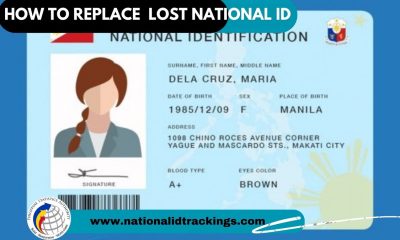
 Uncategorized6 months ago
Uncategorized6 months ago
 Uncategorized6 months ago
Uncategorized6 months ago